Fallout Fan Theory Explains Biggest Discrepancy In Amazon Show
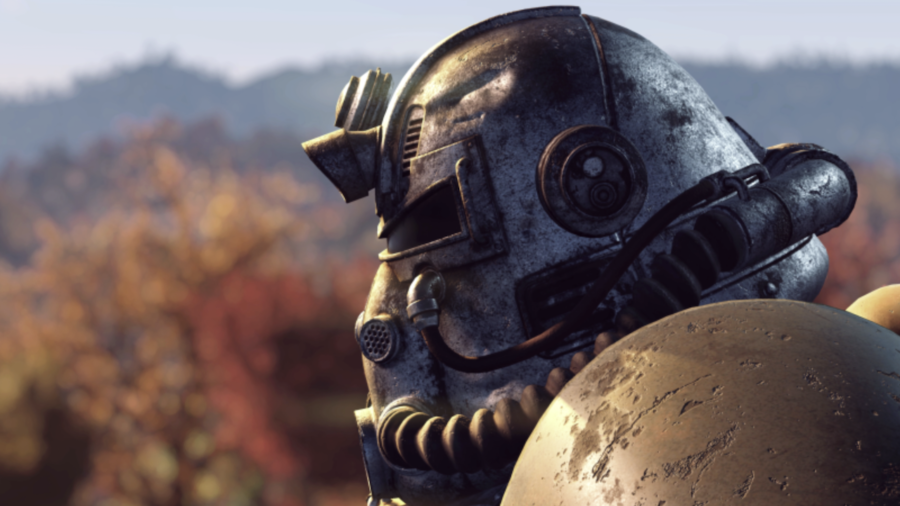
The new Fallout show managed to do the impossible by appealing to both casual genre fans and hardcore fans of the video game franchise. While almost everyone loves the new show (the showrunners must have maxed out their Charisma stats), one of the few lingering criticisms is that the Brotherhood of Steel in the show doesn’t bear much resemblance to the one from the games.
They seem more like evil fanatics than anything else, but one Fallout theory may hold the answer. According to this theory, the Brotherhood we see may be one assimilated from the brutal Legion faction seen in New Vegas.
The Brotherhood’s Background
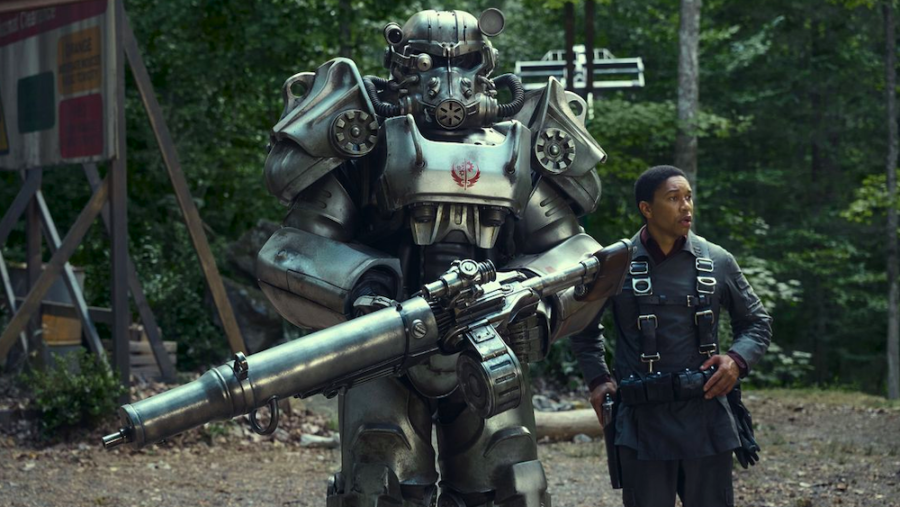
If you didn’t grow up playing those weird isometric Fallout games, then we may need to lay a bit of groundwork for this Fallout theory.
In the first Fallout game, the Brotherhood was a military cult, and in the second, they worked with the New California Republic to try to restore order in the wasteland.
In Fallout 3, the Brotherhood of Steel is split between those who want to simply protect residents from threats like super mutants and those who want to focus on retrieving pre-war technology (a faction in New Vegas is so extreme about this goal that they go to war with the NCR).
Fallout Series Brotherhood Seem Out Of Character
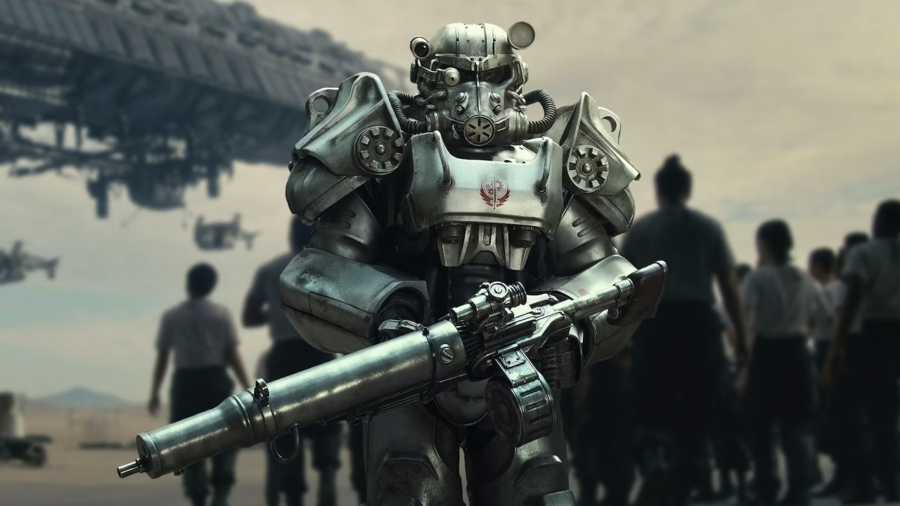
On paper, the Brotherhood of Steel in the Fallout show is similar to the faction in New Vegas. They are willing to go to extreme measures to retrieve pre-war technology and prevent it from falling into the hands of others.
However, there are some interesting differences between the onscreen faction and the one from New Vegas and other games, including the fact that the onscreen brothers are portrayed as extremely religious zealots. Helping to explain some of this Fallout theory.
While earlier games made this group out to be like a military cult, the activities we see in the show (like squires getting branded by knights) seem very out of character.
The Brotherhood’s Names
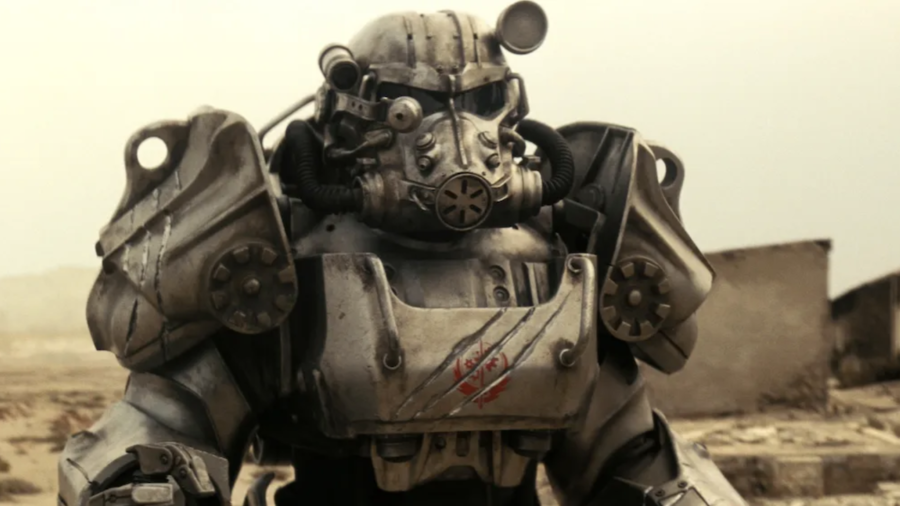
Another big discrepancy comes from (of all things) the names of the brothers we see. In earlier games, Brotherhood of Steel members often had very basic names like Derek and Jonathan.
Sometimes, there were fancier names that were inspired by other stories (like Arthur, Launcelot, and Galahad, all obvious references to the King Arthur legend).
The point is that none of them had the kinds of Latin names we see in the show (like Maximus, Titus, Thaddeus, and so on), and this Fallout theory may explain what’s going on in the show.
Seen In Fallout: New Vegas
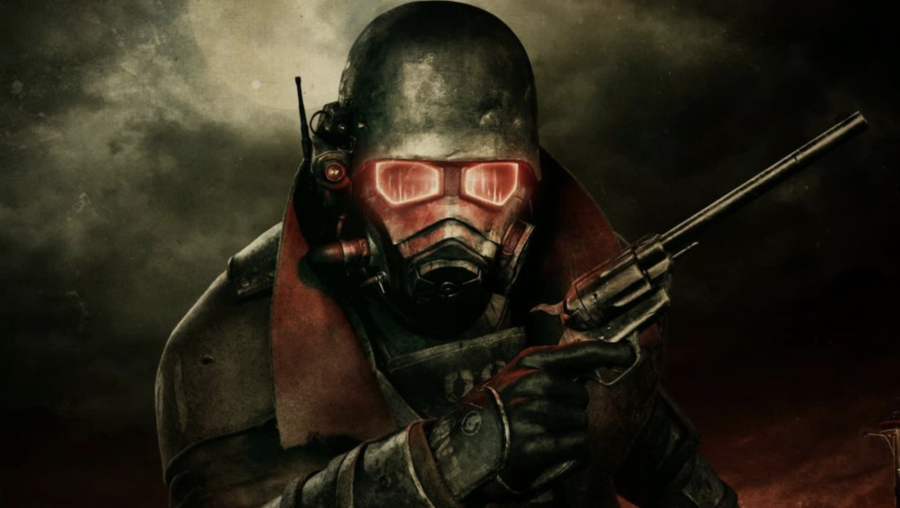
According to the theory, the Brotherhood of Steel we see onscreen is a faction that has been absorbed by Caesar’s Legion from Fallout: New Vegas.
The Legion had the same kinds of names that the knights and squires from the show do, and they were fond of similar violent rituals that we see the onscreen Brotherhood engage in. The Legionnaires in the game who served Caesar were insane zealots to the cause, and it looks like the Brotherhood Maximus is in is all about instilling these kinds of zealous beliefs.
Not Stingy With The Armor
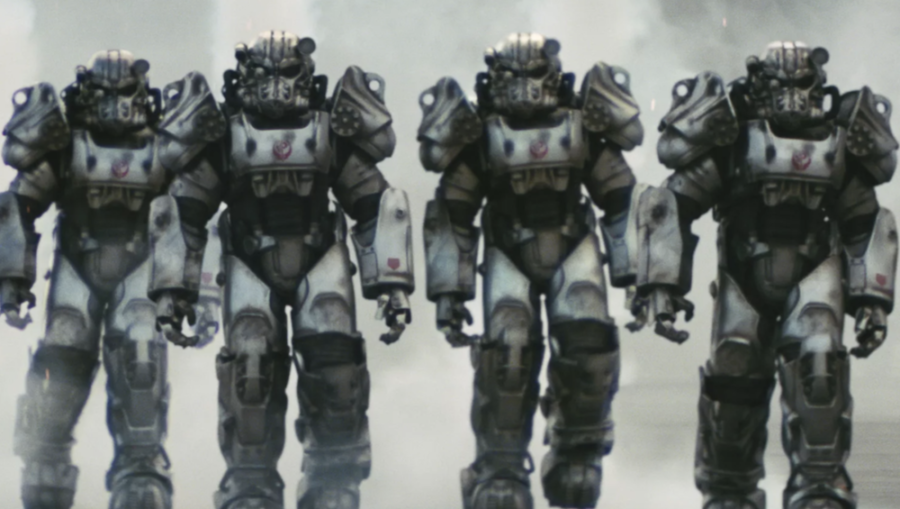
This Fallout theory also explains the Legion’s tendency to only let the most experienced members use advanced technology tracks with what we see the Brotherhood of Steel do in the show.
In the games, the Brotherhood usually isn’t so stingy about the armor: in Fallout 1, even lowly initiates (including the player) can wear it, and in Fallout 2, there is so much armor out in the world that you can buy some from merchants in San Francisco.
It really does seem like the Brotherhood being super-restrictive about armor access is an invention of the show, and as this Fallout theory points out, the faction in the games likeliest to enforce this mentality is Caesar’s Legion.
The New Fallout Timeline
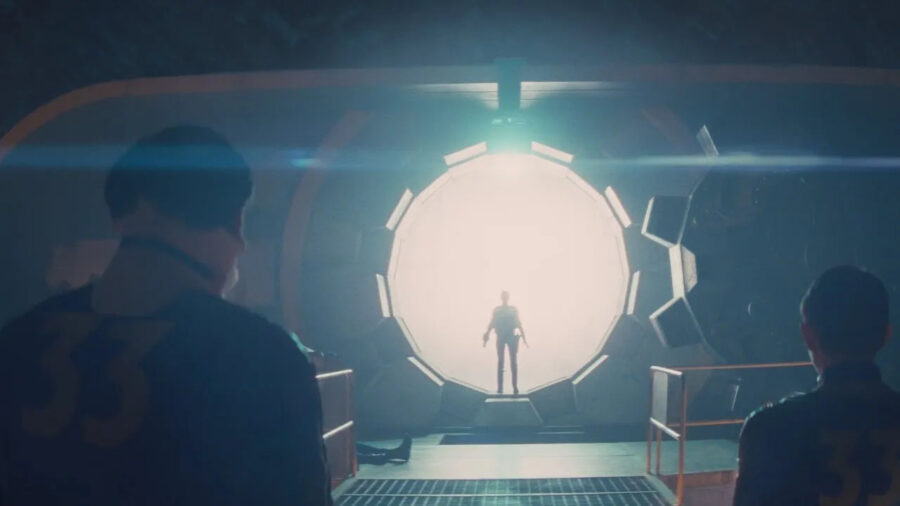
Obviously, the new Fallout show takes place later in the timeline than any games in the franchise, so this theory may not hold irradiated water. The explanation for these discrepancies could simply be that the Brotherhood has changed.
Still, what we see onscreen does contradict what we’ve seen in the games, so this theory is completely valid until proven otherwise.
It’s going to be a long time before we see more episodes of this show. That gives fans plenty of time to hole up in their own Vaults (no cousin stuff, y’all!) and try to unravel this Maximus-sized mystery.












